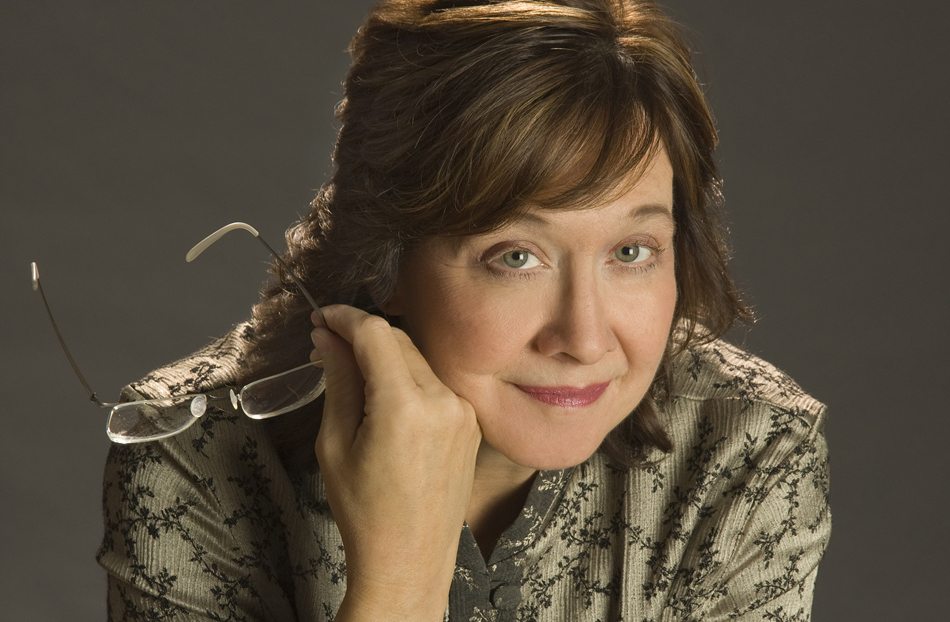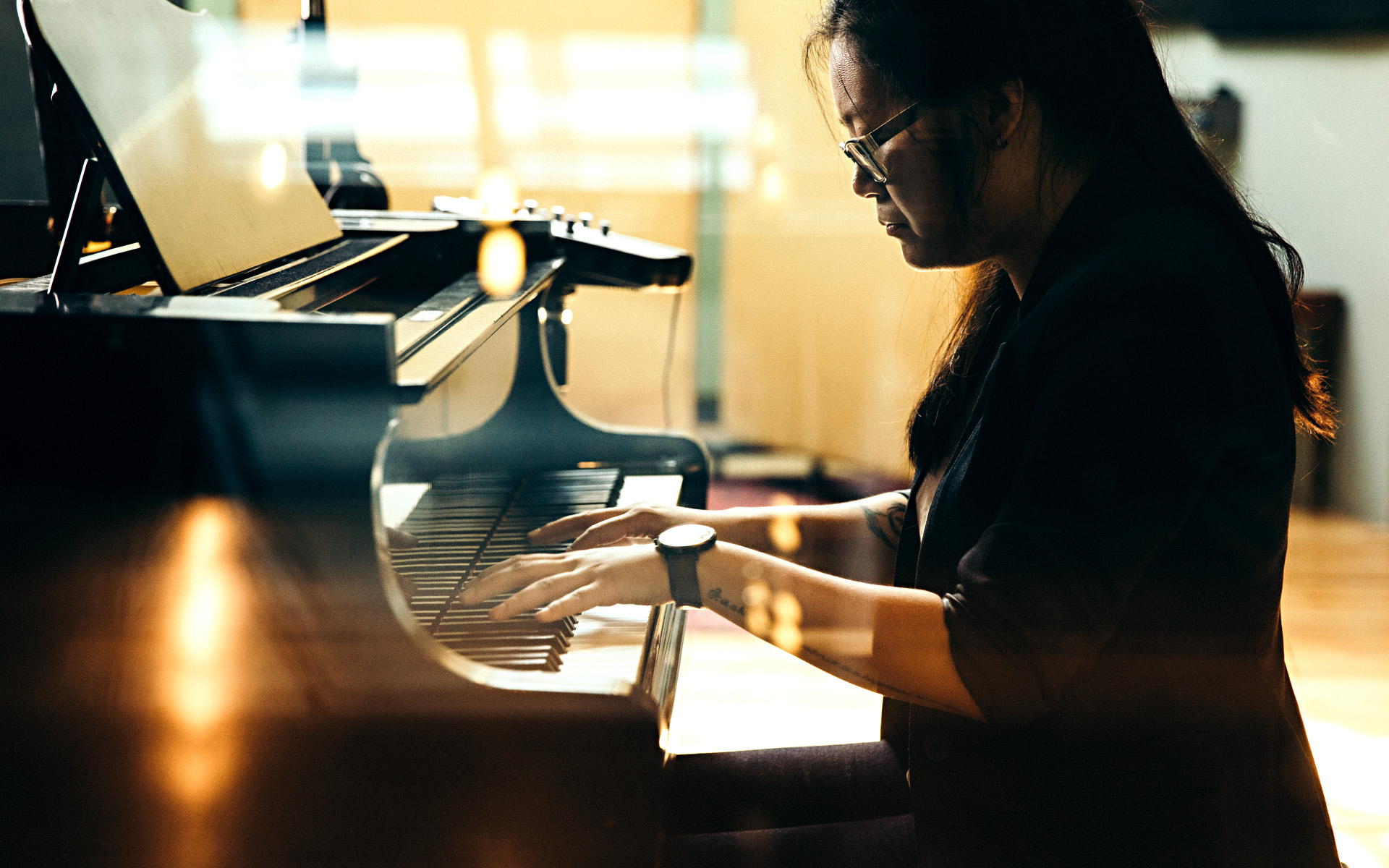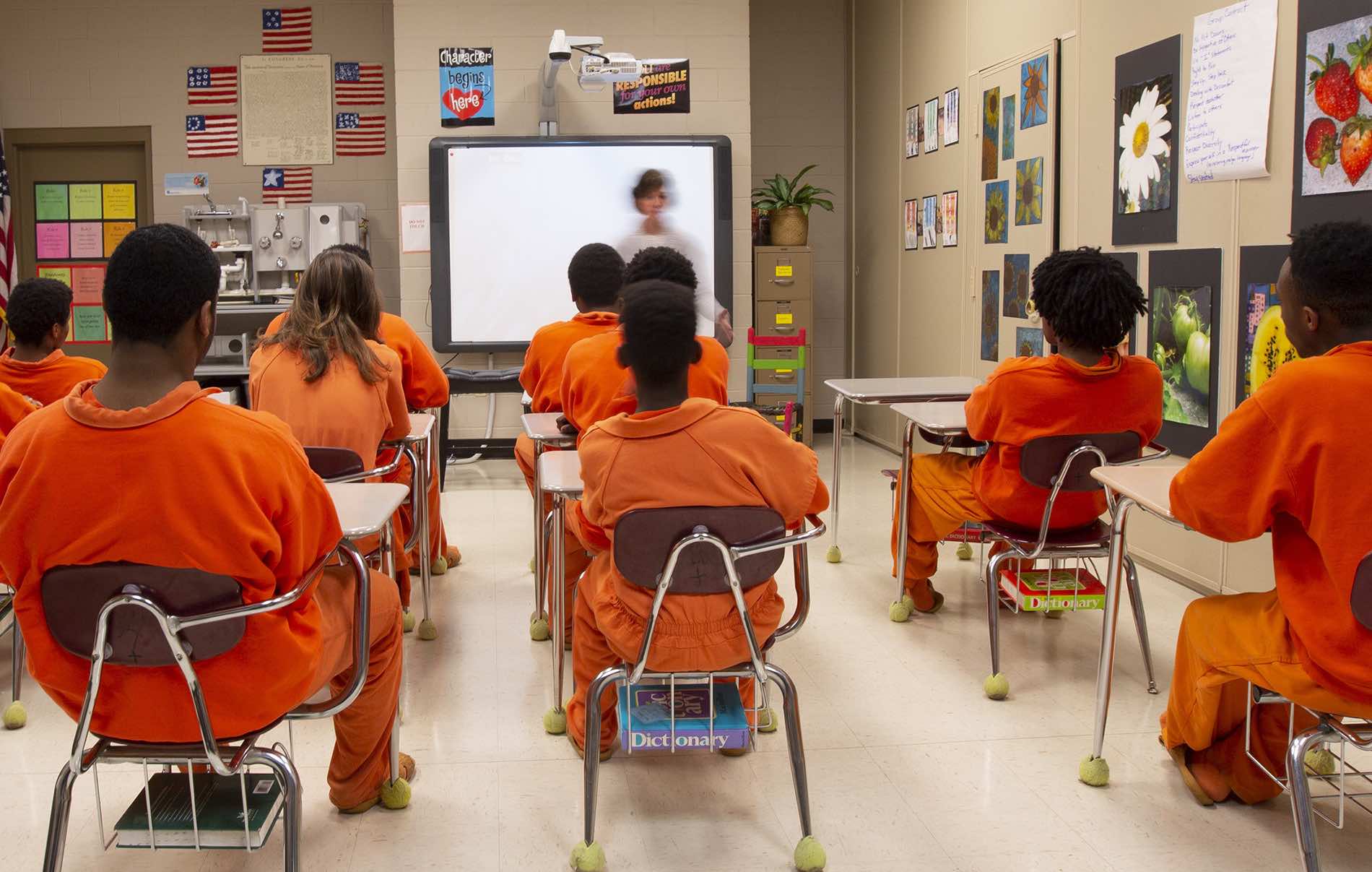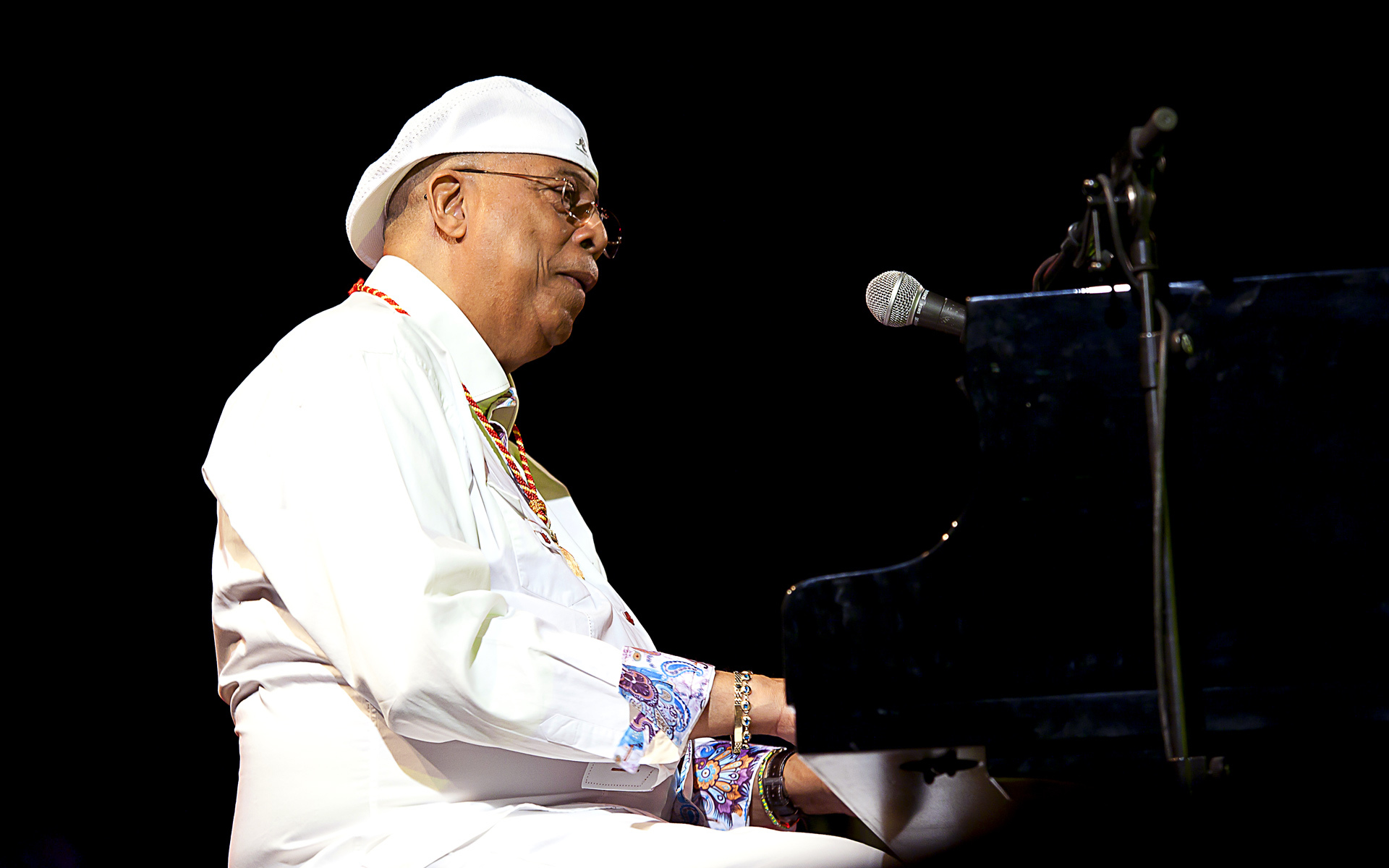Beth Denisch teaches counterpoint both at Berklee Online and at Berklee’s Boston campus. Counterpoint is one of the core subjects for anyone who creates music, and while some of the ways it is used have evolved over time, many of the basic contrapuntal principles remain as relevant today as they were centuries ago. Beth’s book Contemporary Counterpoint: Theory & Application, published by Berklee Press, presents the practical considerations for how to use and consider counterpoint in today’s musical industry, whether you are writing rock songs, film scores, EDM tracks, or any type of music.
What is counterpoint?
Counterpoint is two or more independent melodic lines working together to create music. This creates a polyphonic texture. Music made mostly of chords creates a homophonic texture and a piece for solo flute makes monophony. It is a collection of musical techniques, and polyphony is a texture that music using counterpoint creates.
Why is counterpoint such a standard part of music education?
Composers develop many different skills, or tools sets, for their composer’s toolbox. These include competencies in the rhythmic and pitch idioms common to their style choices. More than offering skill competency in the traditional contrapuntal styles, the technique provides a way of looking at writing music that can be applied to many different styles.
How can studying counterpoint improve your music?
Counterpoint’s power and effectiveness as a creative technique provides musicians with the technical skills to more fully realize their musical ideas. Techniques are the servants of inspiration, and a well-equipped composer transforms that creative spark into an effective piece of music by using the tools of the craft.
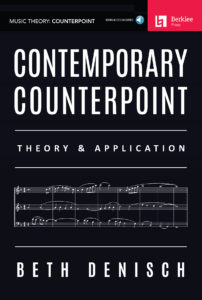
Is traditional “species counterpoint” still relevant to contemporary music?
“Species counterpoint” is a specific pedagogy that has been used for centuries. It presents the basic elements of counterpoint in gradated exercises to produce competency in that historical style period.
What’s new about counterpoint in contemporary styles, compared to how voices related to each other in classical music?
Traditionally, counterpoint was inseparable from the species pedagogy. Now, it can be taught as a collection of techniques applicable to many different styles of music both historic and contemporary.
For performers, rather than composers, what are the benefits of understanding counterpoint?
Performers in many contemporary idioms apply some level of improvisation in their music making from ornamentation and re-melodizing a pop vocal line to soloing over in an extended developmental manner as in jazz. Across this application of “making it your own,” contrapuntal techniques offer practical resources with which to manipulate one’s chosen musical parameters. Counterpoint helps us musicians more fully respect our musical ideas by enhancing our understanding of how these ideas can be revisited and transformed.
Can you share some favorite examples, both in a classical style and then in a contemporary one?
Yes, first, from the Classical/Baroque era, we have Barbara Stozzi’s “Canto di bella bocca.” Listen for the two vocal lines working together to create an overall sound while each voice also maintains its melodic independence.
Then the following one is in a contemporary pop/neo-soul style: “Floetic” (Marsha Ambrosius, Natalie Stewart, and Floetry). Listen to the intertwining of the ostinatos, samples, synthesized melodic lines, and vocal melodic lines: both sung and spoken/chanted. The primary texture of this composition is polyphonic. The continually moving lines direct the listener to a linear rather than vertical focus.
TAKE BETH DENISCH’S COURSE AT BERKLEE ONLINE





